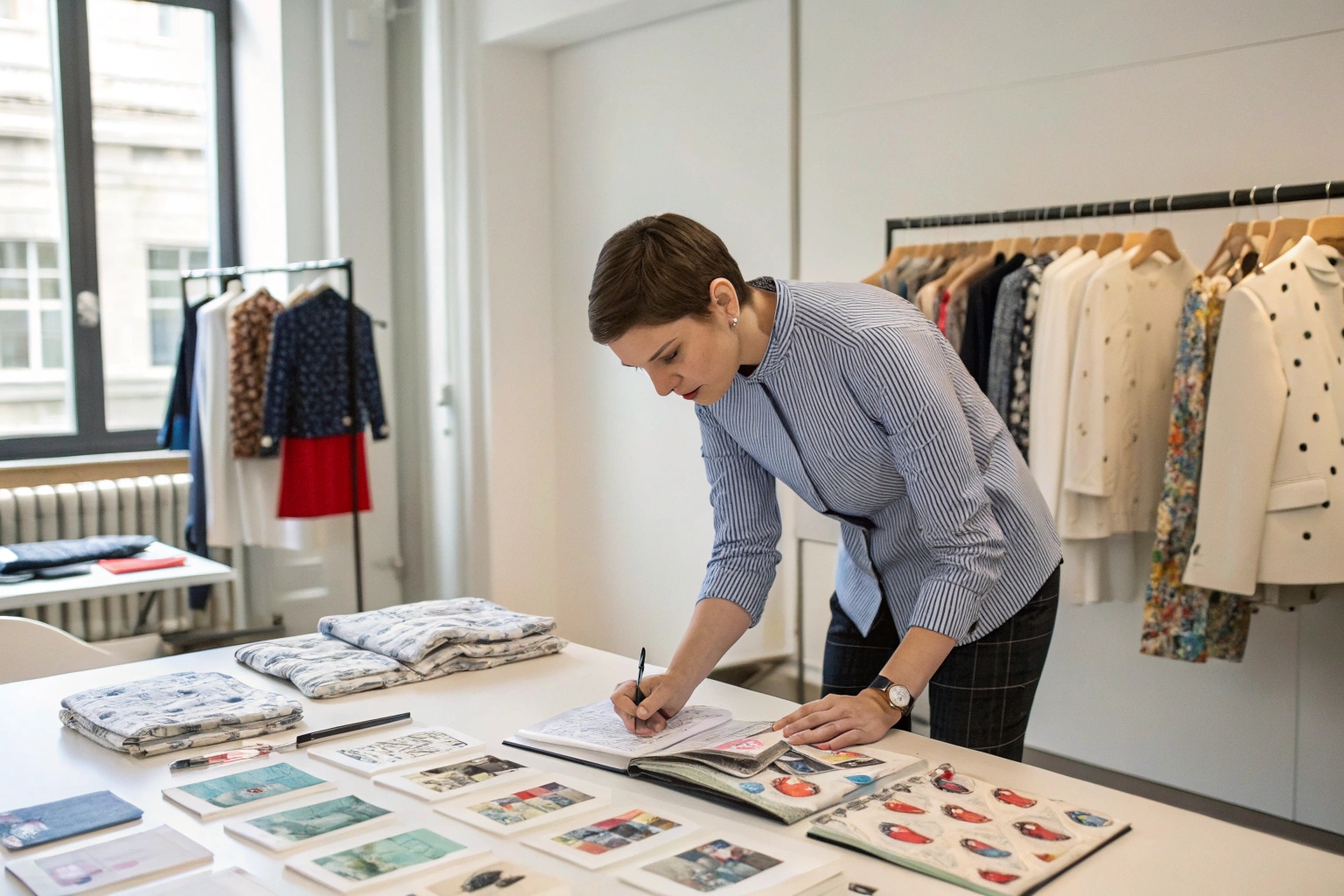Struggling to keep your kidswear collection fresh while still maximizing retail profits? You’re not alone — many retailers face this exact challenge.
Kidswear capsule collections are a game-changer for retail merchandising because they boost sales through cohesive themes, ease inventory management, and elevate in-store aesthetics.
Capsules reduce decision fatigue for customers and simplify planning for store buyers. In this article, I’ll walk you through why merchandising is so crucial — especially for kidswear — and how curated capsule drops make a huge impact on retail performance.
Why is merchandising important to retailers?
Ever wonder why some apparel stores feel instantly attractive, while others feel scattered and overwhelming?
Merchandising is important to retailers because it aligns product presentation with customer psychology, maximizes store space, and encourages faster purchasing decisions.
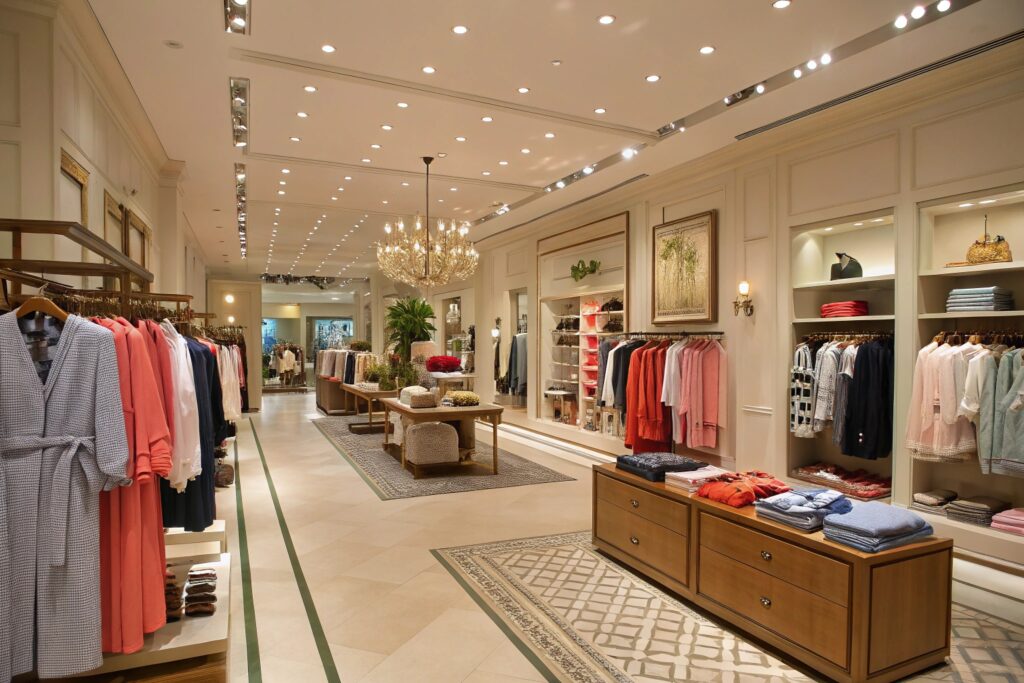
How does smart merchandising influence how long customers stay in-store and how much they spend?
Retailers that plan merchandising well create a natural path for the shopper. Thoughtful positioning of kidswear — by age group, gender, season — helps parents find what they need quickly. More importantly, cross-merchandising (pairing shirts with bottoms, or accessories with sets) subtly nudges higher spending per visit.
A capsule kidswear collection simplifies this even further. At Fumao Clothing, we help buyers curate pre-styled outfits that can be merchandised together as a theme. It reduces clutter and helps customers visualize full looks.
What are the business risks of neglecting strong merchandising practices?
If your store has inconsistent displays or poor grouping of clothing types, you confuse shoppers. They may walk out without purchasing — not because of price or quality — but because the selection feels disorganized.
Also, poorly merchandised stores suffer during inventory turnover. You risk leftover SKUs, markdowns, and missed peak sales windows. Retailers who use structured merchandising plans — like capsule releases — avoid these pitfalls. That’s why our B2B clients keep asking us for pre-styled, color-coordinated kidswear batches every season.
How does visual merchandising factor into increasing store sales?
Is visual display really powerful enough to affect your store’s bottom line?
Yes — visual merchandising increases store sales by attracting attention, guiding customer movement, and framing products in a way that highlights their value and relevance.
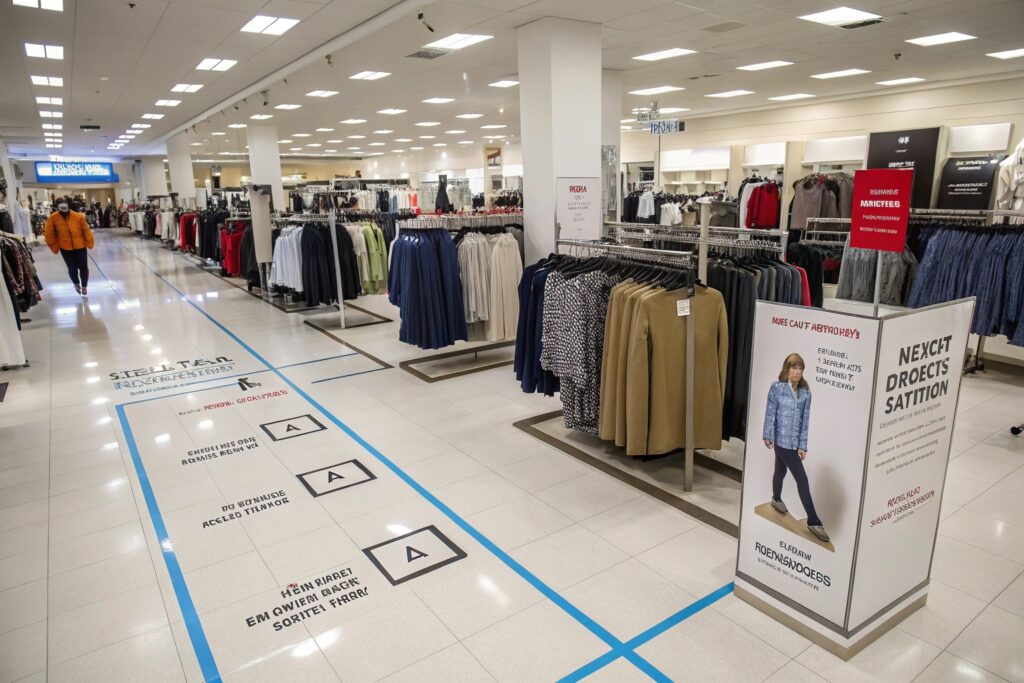
Why does presentation matter more in kidswear compared to adult clothing?
When shopping for kids, buyers (usually parents) are looking for speed, safety, and simplicity. They’re often balancing children, bags, and time constraints. That means they won’t dig through racks. If your kidswear display is clean, well-lit, and grouped by size or theme, it immediately becomes easier to shop.
Capsules help a lot here. For example, our clients often order “Back-to-School” or “Holiday Cozy” kidswear themes. These ready-to-display capsules are color-matched, seasonally appropriate, and sized for fast sell-through. Stores who use them often see 20% higher conversion rates than those who rely on random bulk assortments.
What techniques can I use to boost visual appeal in my kidswear displays?
Here are my go-to tips when advising our retail clients:
- Use mannequins or hanging outfits to present full capsule looks
- Add signage with age or activity categories (“Ages 4–6: Playground Essentials”)
- Color-block your displays so each capsule feels distinct
- Rotate display units every 2 weeks to keep interest high
And if you’re sourcing from a factory like Fumao Clothing, you can ask us to pre-match capsule packs with display-friendly hang tags or folded sets that simplify visual layout work for your team.
Why do I like merchandising?
Ever asked yourself why you enjoy arranging or presenting product selections?
I like merchandising because it’s where creativity meets business strategy — I get to tell a story with products while also guiding buyers toward smart purchasing decisions.
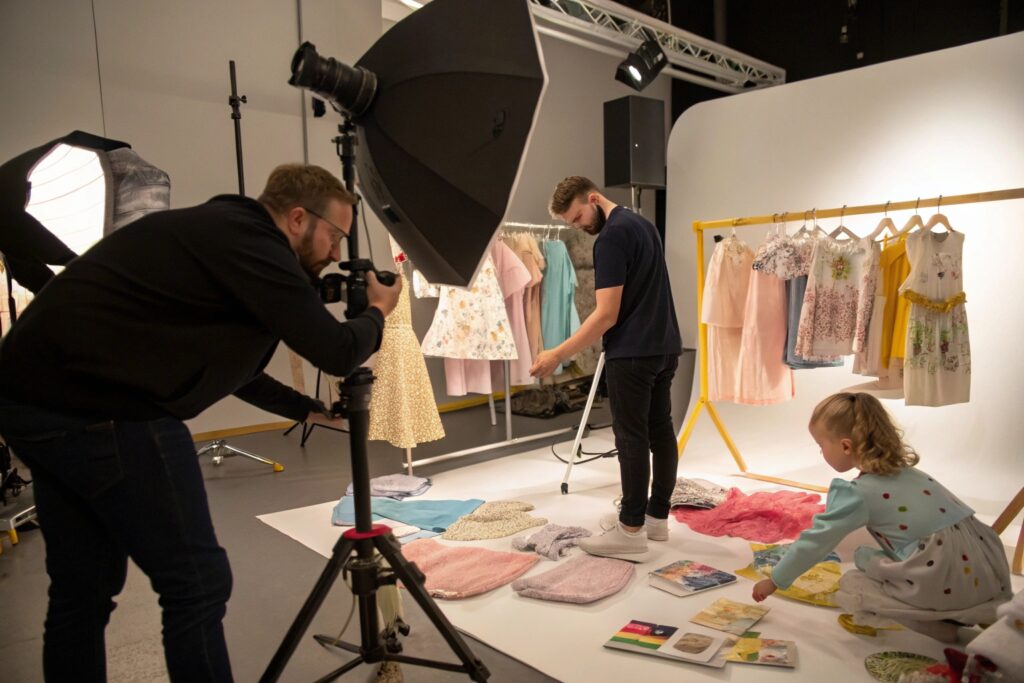
How does merchandising give me more control over sales outcomes?
It’s simple — when I control how products are grouped and presented, I can influence how fast they move. For instance, when we prepare a spring capsule of pastel kidswear, I know exactly how it will perform if we display it near Easter or in a “Weekend Picnic” theme.
This lets me reduce waste, plan reorders better, and time markdowns strategically. Merchandising is like chess — the more I play, the more predictable the results.
And because we manufacture in-house at Fumao Clothing, we support our buyers by offering themed packs, pre-sorted sizes, and even custom hang tags so that your merchandising process feels less like a headache and more like a creative win.
How does merchandising feed into customer loyalty and brand experience?
Well-organized merchandising doesn’t just sell. It builds a retail identity. Customers remember how easy or enjoyable it felt to shop. For example, a mom who walks into a boutique and immediately sees three racks — “Playwear,” “Dress-up,” “Loungewear” — in clean capsule formats will feel like she can shop efficiently. That’s a positive emotional memory.
Over time, your visual merchandising choices reinforce your store’s trust and positioning. If you work with a flexible supplier like us, you can rotate fresh themes frequently, keeping returning shoppers engaged and curious about “what’s new.”
What are merchandising stimuli?
You may hear this term tossed around — but what does it actually mean?
Merchandising stimuli are sensory elements like color, texture, lighting, and scent that subconsciously influence a customer's buying behavior and emotional response to the store environment.
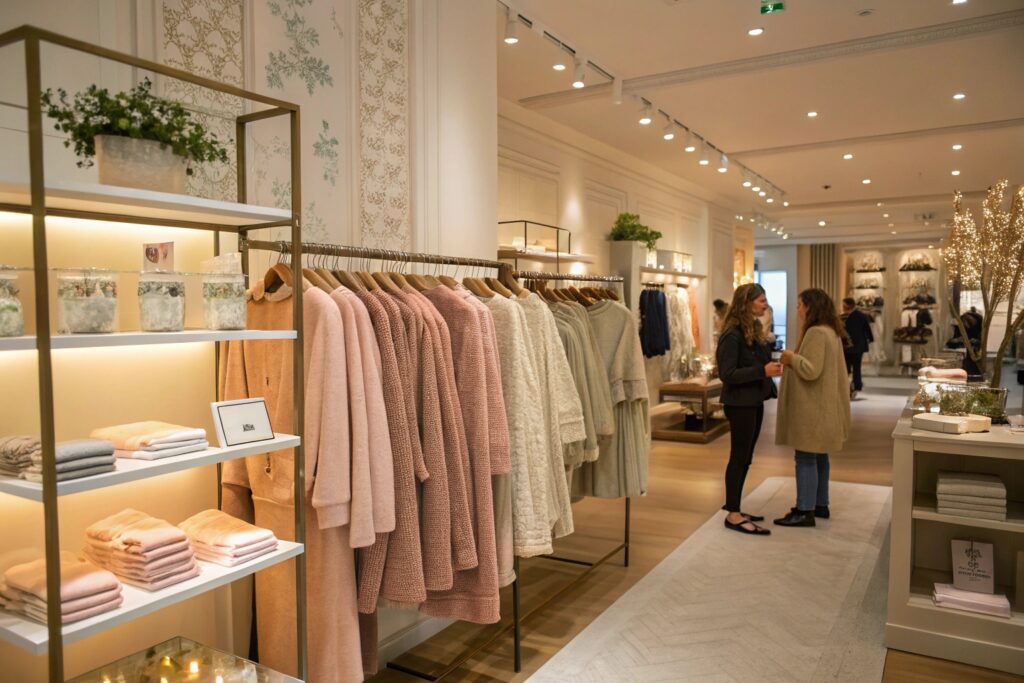
What specific stimuli work best in kidswear retail merchandising?
Here’s what I’ve found effective through working with retailers across the US and Europe:
- Bright primary colors attract attention and signal energy
- Soft pastels build trust and calm in infant zones
- Layered textures like knits or velvet invite touch and interaction
- Gentle lighting feels safer for parents with small children
- Playful music can increase dwell time
These elements, when used alongside capsule collections, create an immersive experience. Picture a “Rainy Day Capsule” featuring raincoats, boots, and umbrellas — all in navy and yellow, with a raindrop sound effect looping gently in the background. That’s the kind of emotional merchandising that keeps customers coming back.
How can I coordinate these stimuli when sourcing from a manufacturer?
That’s the advantage of working directly with factories like Fumao Clothing. We don’t just produce clothes — we help design capsules with storytelling in mind. We can offer:
- Color-consistent capsules
- Matching accessories
- Branded packaging elements
- Hanger-ready display packs
This makes it easier for you to set the mood in-store and maintain merchandising consistency across locations or pop-up events.
Conclusion
Capsule merchandising in kidswear blends smart inventory planning with visual appeal. With the right supplier — like Fumao Clothing — you gain both efficiency and impact.

